Curved Conveyor Line – The Most Modern Conveyor Solution 2025
What is the curved conveyor belt? A curved conveyor belt is designed to change the direction of conveyed materials. Unlike straight-line conveyors, these are specifically engineered to navigate tight curves, typically 30°, 45°, 90°, or even 180° angles, without disturbing product orientation or speed.
These systems usually consist of a belt stretched over a curved frame supported by rollers or a slide bed. The belt is powered by a drive motor and guided by precision bearings and tracking systems to maintain consistent alignment and tension, even when navigating corners.
Curved conveyors are ideal for operations that need to maximize floor space or where straight conveyors aren’t feasible due to structural obstacles or layout limitations.
Curved conveyor belt specification
- Conveyor width: 300 mm – 1200 mm
- Conveyor bend angle: 45°, 90°, 180°
- Inside turning radius: 600 mm – 1200 mm
- Conveyor length: Depends on bend angle and application requirements
- Speed range: 0.2 – 1.5 m/s
- Load capacity: 30 kg/m – 200 kg/m
- Frame material: Mild steel or Stainless steel
- Conveyor material: PVC, PU, steel, or rubber
- Drive motor power: 0.75 kW – 3.0 kW
- Warranty: 12 months
How does a curved belt conveyor operate?
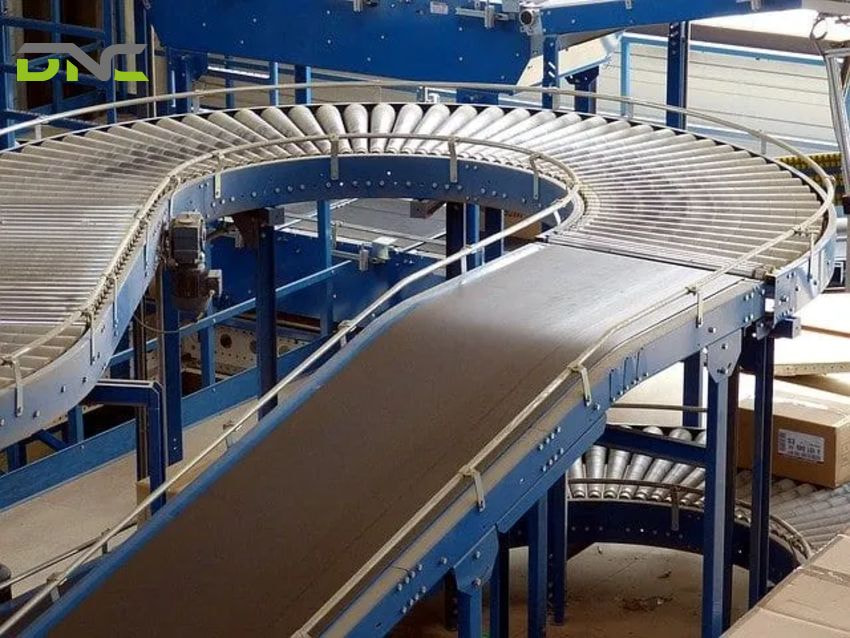
How does a curved belt conveyor operate?
Curved conveyors operate in a similar way to straight conveyors, but the belt and its components are designed to maintain consistent motion through a curve. The belt is guided by specially placed rollers and tracking systems that keep it aligned even when turning.
The operation process is carried out through the following steps:
- Product entry: Items are fed onto the belt from the previous conveyor or manually.
- Curve navigation: As the motor drives the belt, it smoothly transitions around the curve, where the belt’s tensioning and tracking system ensures it does not slip or deflect.
- Exit: Once the items navigate through the curve, they continue to the next section of the straight conveyor or another curved section.
Advanced curved conveyors use modular belts or tapered rollers to ensure the belt can curve naturally without bunching or stretching. Some designs also use drum motors to maintain compactness and energy efficiency.
Where are conveyor belts commonly used?
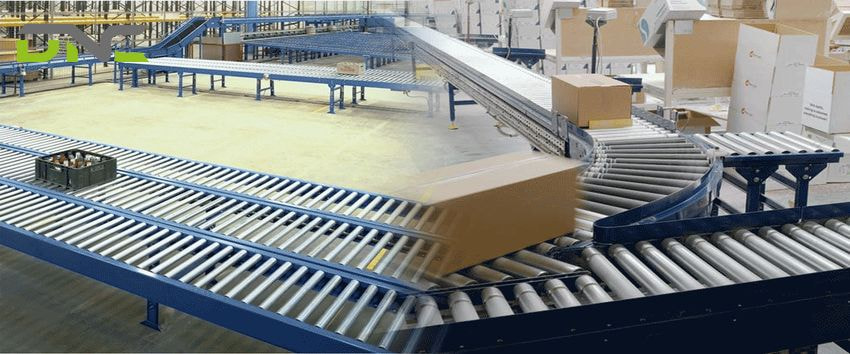
Where are conveyor belts commonly used?
Thanks to its special operating principle and easy product classification, curved conveyors are extremely flexible and are widely used in several areas of life and production, such as:
- Food and beverage: The device helps route packaged goods, bakery items, or bottled drinks through production lines.
- E-commerce warehouse: Curved conveyors will sort parcels, boxes, and move through narrow corners in the warehouse to the next stage.
- Baggage handling at the airport: This device helps move luggage from the check-in area to the loading area efficiently through a chain and limits the loss of customers’ belongings.
- Automotive and electronics: Specialized equipment for moving components or parts in the assembly line.
Regardless of the field, curved conveyors have certain advantages with the main goal of optimizing floor space, improving workflow, and maintaining product integrity.
How much does it cost to invest in a curved conveyor?
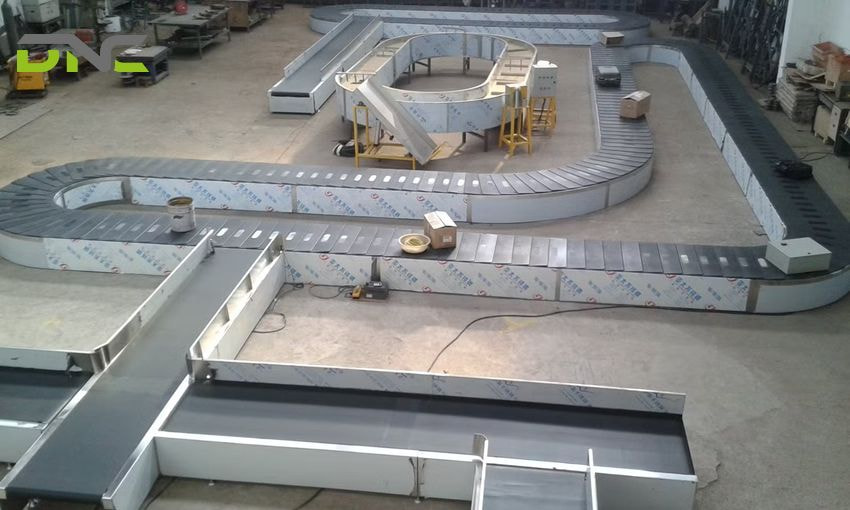
How much does it cost to invest in a curved conveyor?
How much does a curved conveyor cost? This is the most difficult question to answer because the price of a curved conveyor varies based on size, material, curvature angle, and customization level. Here is a general price range for this type of conveyor:
- Standard models – From $3,000 to $6,000. These are basic curved conveyors with a fixed 90° or 180° angle, lightweight conveyors, and simple construction. Ideal for small-scale, low-speed, and medium-duty facilities.
- Mid-range systems – From $6,000 to $12,000. Include features like adjustable speeds, modular construction, and more durable materials. Often used in packaging and finishing lines
- Custom or heavy-duty curved conveyors – From $15,000 or up. This type is designed for complex layouts, heavy loads. These systems often include integrated automation, sensor control, suitable for use in large-scale production facilities and require a high level of automation.
Where could you buy the best quality curved conveyor belt?
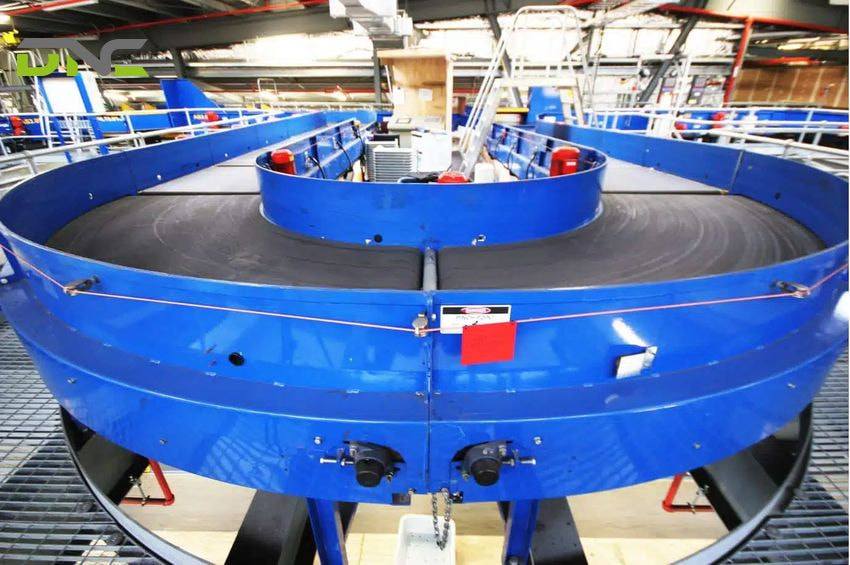
Where could you buy the best quality curved conveyor belt?
If you are looking for a reliable source to buy high-quality curved conveyors, DNC Automation has always won the trust of thousands of customers in many industries when choosing us as a supplier
- Our team of experienced engineers and technicians provides the most suitable conveyor solution for every problem
- Only provide genuine, high-quality conveyor systems with full and clear documentation.
- Our dedicated customer service team is always available 24/7 to support you with any questions.
- Comprehensive warranty and outstanding after-sales service
Contact our hotline below for quick advice. We are always ready to support your business!
- 8 views
- 0 Comment



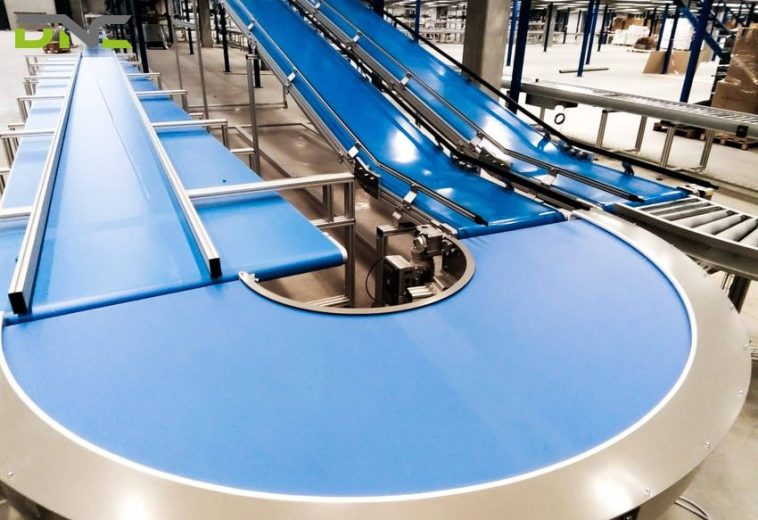
Recent Comments